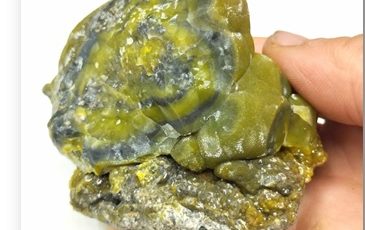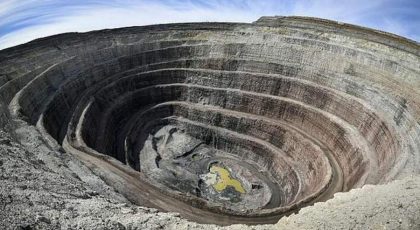For the vast majority of human history, only a few metals, including iron, copper, tin, and lead, were in common uses. These metals of antiquity are those that are typically found in relatively high concentrations of one-half weight percent or more in the continental crust and produced in relatively high volumes.
Unlike the major metals, it is the set of other “minor” metals and metalloids of the periodic table that are typically found in relatively low concentrations of less than about 0.1%, in which case these metals seldom form viable deposits of their own, and instead occur interstitially in the ores of metals with similar physical and chemical properties.
These minor metals are thus often recovered only as byproducts during the processing of the major metals, their “host(s).” The availability of these “byproduct” or “companion” metals is thus dependent not only on the mining production of their host metal(s) but also on whether the companion metals are recovered rather than being discarded without having been processed.
Most (≥90%) of selenium’s and tellurium’s supplies, for example, are associated with copper, whereas significant portions of silver’s supply are associated with zinc, lead, copper, and gold.
Source: Nassar, N.T., Graedel, T.E., and Harper, E.M., 2015, Byproduct metals are technologically essential but have problematic supply: Science Advances, v. 1, no. 3, article E1400180








